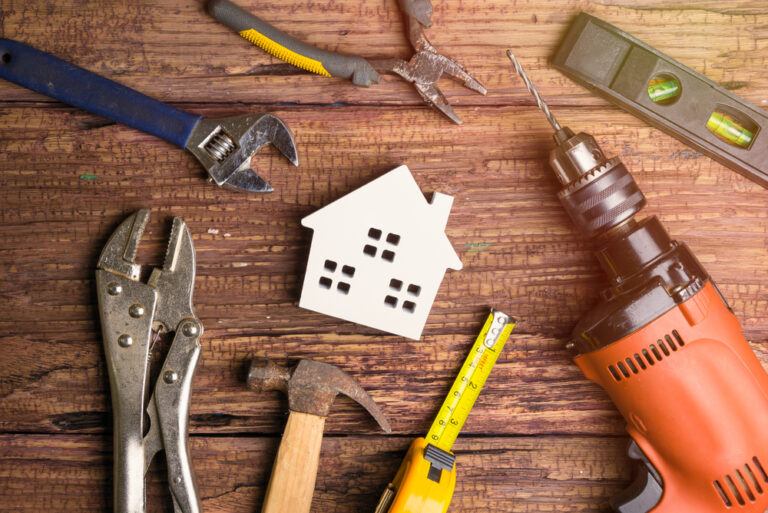The goal of a maintenance plan is to educate both the property manager and a community association board on how to suitably maintain communal components. Adhering to a properly laid out plan will help reduce costs to the members and prolong the components’ useful life.
A well-prepared community maintenance plan should be able to meet the following key goals:
- Provide maintenance that is cost-effective
- Preventive maintenance can prevent minor problems from escalating into major failures and costly repairs.
- Sustain an environment that is safe and healthy
- Protecting the physical integrity of building components preserves a safe environment for residents.
- Help buildings operate at peak efficiency
Preventive maintenance will reduce energy usage and inefficiencies in operations because it keeps equipment functioning as designed. This preserves the investment of owners, extends the life of building components, and enhances property value.
When your maintenance plan has these goals, the next step is to have an integrated and effective plan. Such a plan will help you have more control over your property’s maintenance activities.
How A Community Association Takes the Maintenance Reins
To have control over maintenance needs, there are several things that a community association must do.
Enlist the Help of Experienced Professionals
A great property management company will help you create an integrated maintenance plan thanks to their wealth of information. Find out if the company can refer you to a competent engineer and other professionals for a proper evaluation.
Make Scheduled Inspections
Take regular readings and make scheduled inspections if you have an onsite engineer or maintenance manager.
This will help give your maintenance manager or engineer an in-depth familiarity with the equipment. They will be able to take note of subtle changes that someone else not familiar with the equipment might overlook such as a change in temperature, vibrations, sounds or odor.
Create a Master Maintenance Schedule
Your reserve study will also indicate the schedule you should follow for each item it contains. If the maintenance schedule is missing a particular item, ask the manufacturer or contractor or check your warranties or owner manuals for information on the recommended maintenance frequency.
Identify Specific Maintenance Activities
A good reserve study will specify the preventive maintenance types needed to ensure that an equipment piece reaches its estimated useful life. That said, realize that any replacements or repairs made recently may not be included in your study. You may need to refer to warranties or owner manuals to find this information.
Make a list of the components and equipment that need to be included in your maintenance plan. Start by looking at your maintenance/vendor contracts, reserve study, and governing documents.
Collect All Maintenance-Related Information.
Maintenance information is scattered among various documents for most associations. The first step is to locate and consolidate it, including:
- Maintenance requirements to keep warranties valid,
- Maintenance recommendations in owner’s manuals,
- Expected costs and timeframes for replacing equipment or making major repairs to components,
- And your association’s maintenance policy, which is typically found in your governing documents
Create a Checklist that Works Year-Round
A comprehensive checklist and a bit of professional help will ensure that your Community Association is ready for any season. There will always be annual and standard projects on this list performing pool maintenance, and cleaning sidewalks or gutters. Your HOA management provider will be able to go over an extensive checklist based on your community needs.
Some areas where your community maintenance checklist can start are:
- Examining asphalt, curbs, and roads for cracks and other needed repairs,
- Assess lighting for bad switches, replacing bulbs and broken fixtures,
- Check exterior vents to remove lint buildup,
- Inspect and clean the clubhouse, cooking and serving pieces, lights, bathrooms, and adjoining external areas,
- Conduct a safety check of community recreational areas.
Extra Tips for Your Plan
To save time and money on your maintenance plan, improving efficiency and building management is key.
The most commonly adopted measures to cut costs on maintenance and repairs include:
- Using Energy Star or value-rated products such as solar products, windows, roof material, and paints.
- Switching to energy-efficient lighting or control sensors.
- Adjusting heating, ventilation, and air conditioning (HVAC) controls and updating systems.
- Educating community managers, homeowners, and contractors.
Goodwin & Company can Create a Successful Maintenance Plan for Your Association
Goodwin & Company has served Community Associations since 1991 and is well-versed in helping coordinate reserve studies and maintenance plans. Get in touch with us today to find out how we can help with your association’s maintenance responsibilities!









